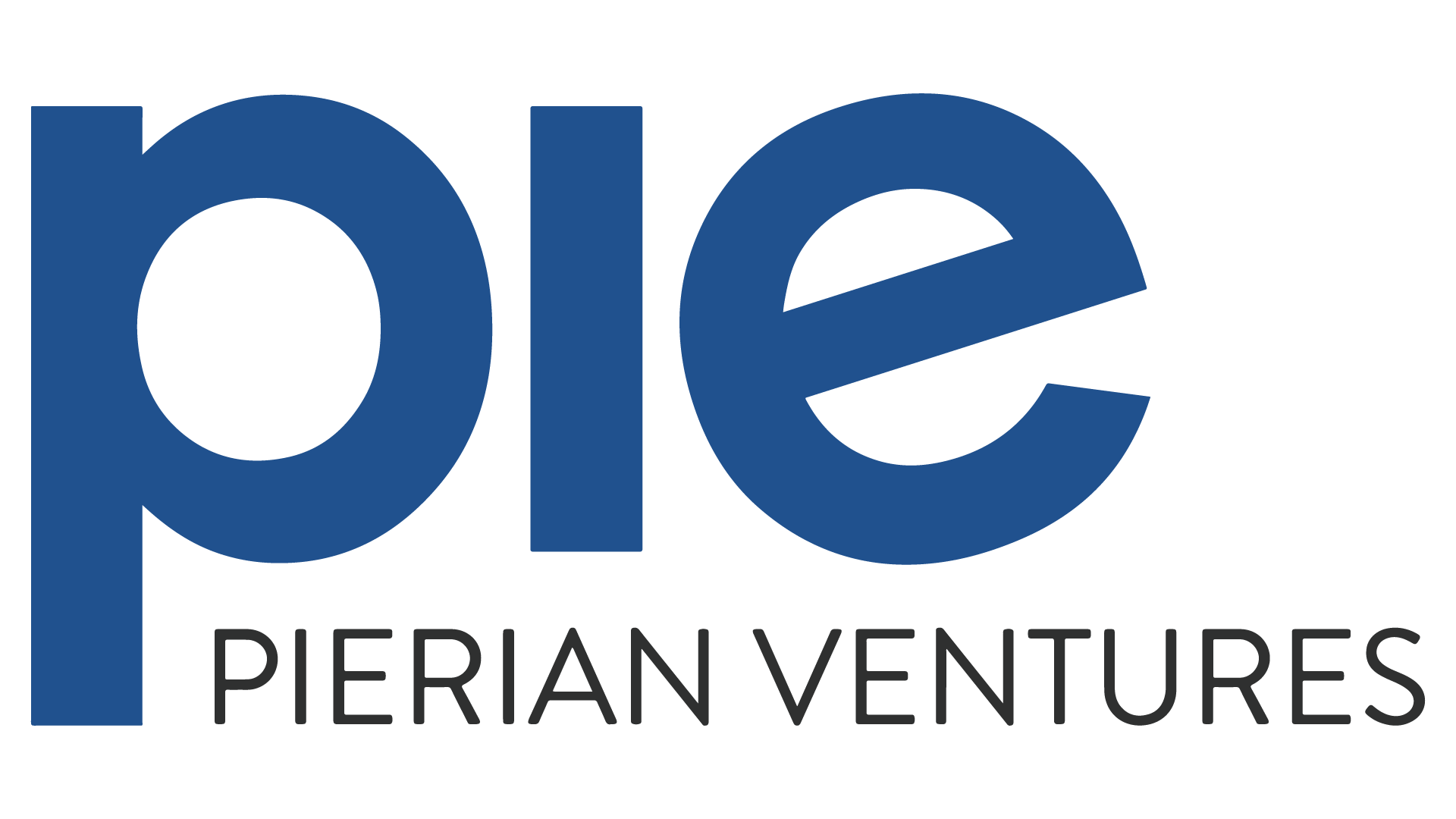In the U.S. business environment, working capital isn’t just about liquidity — it’s a real-time indicator of operational health, creditworthiness, and risk exposure. Especially for small and mid-sized businesses navigating economic fluctuations, regulatory shifts, and variable cash cycles, poor working capital management can quietly destabilize even profitable operations.
While revenue growth and profitability often dominate strategic conversations, working capital missteps are among the top causes of insolvency in the U.S. Businesses that survive and scale sustainably are those that approach working capital not as a balance sheet line item, but as an integrated discipline across compliance, finance, and operations.
What Makes Working Capital Management a High-Stakes Priority
By definition, working capital equals current assets minus current liabilities. But the real value lies in managing the timing and quality of that equation — how efficiently assets convert to cash and how obligations are structured for solvency.
For U.S.-based businesses, this is not just an internal challenge. Federal and state regulations (from tax filings to commercial finance laws) affect everything from receivables management to cash flow access. A missed state filing, for example, can impact a company’s legal standing and delay a major invoice payment — directly impacting working capital.
Working capital inefficiencies show up in:
- Delayed accounts receivable collections
- Inventory overbuilds that don’t match demand
- Short-term liabilities maturing before cash becomes available
- Blocked funding or interrupted vendor relationships due to entity status issues
While these may seem operational, their cumulative financial impact directly influences the business’s ability to invest, hire, or scale.
The Three Working Capital Pressure Points Most Businesses Underestimate
1. AR Concentration and Late Collections
In U.S. markets, especially B2B environments, it’s common for customers to operate on net-30, 45, or even net-60 terms. Small businesses that rely heavily on one or two enterprise clients may find 40–50% of their receivables locked up in slow-moving accounts. If legal standing is not active in the client’s state, even a cleared invoice can be delayed.
U.S.-based Risk Factor: If a business lacks foreign qualification in the client’s state, it may be barred from enforcing the contract or collecting payment until cured — adding compliance-induced aging to AR.
Mitigation Strategy: Monitor receivables by client and jurisdiction. Ensure good standing in all states where your customers are domiciled.
2. Inventory Tied to Long-Term Fulfillment
Excess inventory is one of the most overlooked working capital drains.In U.S. accounting, inventory counts as a current asset, but slow turnover can make it a financial burden. GAAP purposes, in practice it becomes a fixed cost if demand lags. This is especially true for businesses tied to seasonal cycles, wholesale distribution, or contract manufacturing.
U.S.-based Risk Factor: States like Texas, Delaware, and California require reporting of inventory for business property taxes. Excess inventory may unintentionally increase tax obligations, adding more strain on working capital.
Mitigation Strategy: Align inventory procurement with forecasted receivables and storage tax implications. Rotate stock frequently, and utilize JIT systems where feasible.
3. Mismatched UCC Filings and Credit Exposure
For businesses securing credit or financing through accounts receivable, leases, or equipment, UCC-1 filings are essential tools for collateral perfection. However, incorrect or expired UCC filings can invalidate a lender’s claim — which can then stall new credit access or force renegotiation under adverse terms.
U.S.-based Risk Factor: Inaccurate debtor names, lapsed continuation filings, or filings placed in the wrong jurisdiction can legally void secured status under Article 9 of the Uniform Commercial Code (UCC) — cutting off future working capital lines.
Mitigation Strategy: Conduct regular audits of all outstanding UCC filings across states, ensure correct debtor/entity names, and calendar all continuation deadlines.
Why Working Capital is Not Just a Finance Issue — It’s Structural
Liquidity isn’t just affected by invoices and payments — it’s shaped by how well a business is structured, how compliant it remains, and how synchronized its internal and external obligations are. Within the U.S. regulatory and business framework, working capital is closely linked to factors such as:
- Franchise tax obligations in compliance-heavy states like California, Delaware, and Texas
- Sales/use tax remittances that draw from short-term liquidity
- Vendor negotiations tied to financial transparency and registration standing
- Banking partnerships and credit facilities dependent on clean corporate records
Compliance and Capital Efficiency: Where Pierian Ventures Adds Value
A critical — yet often invisible — drag on working capital is operational friction caused by compliance breakdowns. Whether it’s a suspended entity, an incorrect UCC filing, or a missed franchise tax deadline, these issues can delay cash collections, disrupt financing, or inhibit vendor and client trust.
Pierian Ventures plays a direct role in removing these barriers by ensuring a company’s legal and compliance infrastructure supports — not restricts — working capital performance.
This includes:
- Foreign Qualification Management: Ensuring businesses maintain legal presence in every U.S. state where they invoice, operate, or pursue customers.
- Entity Standing Oversight: Real-time monitoring of active/inactive status to prevent invoice disputes or disqualified funding approvals.
- UCC Filing Lifecycle Management: Drafting, perfecting, continuing, and terminating UCC filings — reducing exposure to invalid security interests that can block access to working capital credit lines.
- Dissolutions and Mergers: Managing the compliance implications of entity consolidations or closures, including final franchise tax clearance, UCC terminations, and state withdrawal filings.
By maintaining precision across jurisdictions and lifecycle events, Pierian Ventures allows businesses to access credit faster, accelerate collections, and eliminate friction in receivable-backed financing — all of which improve working capital flow without introducing new financial risk.
Final Thought
For U.S. small businesses, survival depends not on how much capital is on the books, but on how quickly it can be turned, deployed, and reinvested. That requires more than good sales or clean books. It requires synchronized working capital systems that include compliance, finance, legal structure, and vendor/customer dynamics.
When structured properly, working capital becomes a lever for controlled expansion — not a constraint on ambition. When neglected, it becomes a silent drag that eventually catches up, either through strained cash, failed audits, or broken financing arrangements. High-performing businesses don’t just monitor cash flow — they engineer working capital into the very structure of their operations. And in a legal and regulatory environment as complex as the United States, that requires both internal clarity and external expertise.













